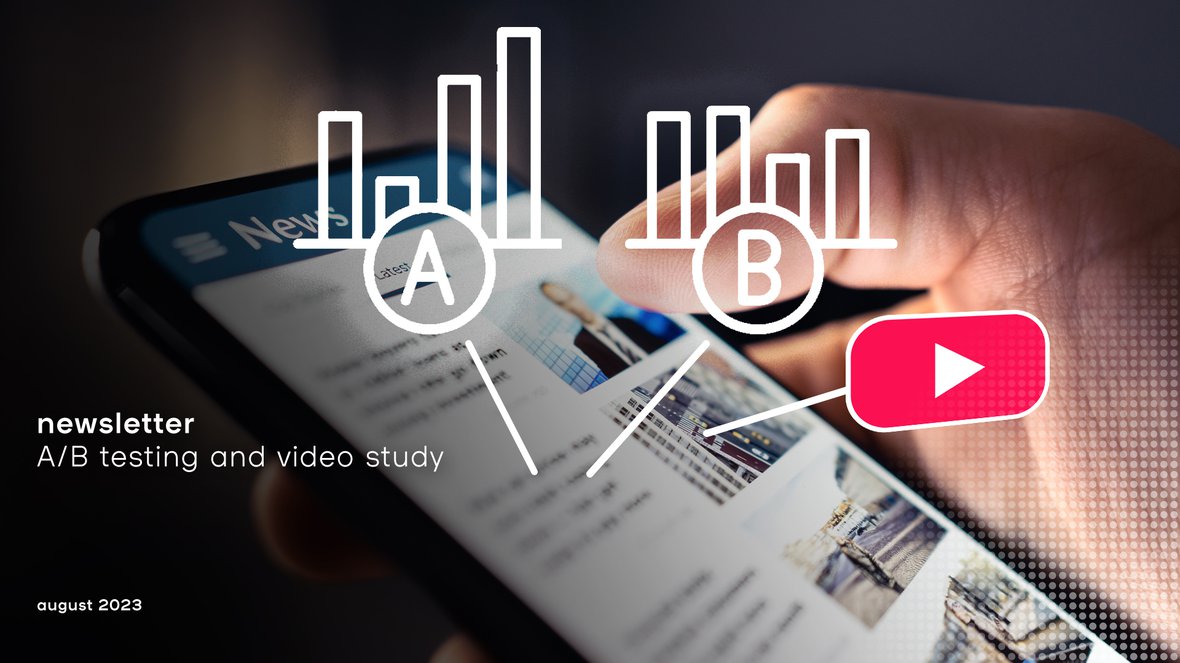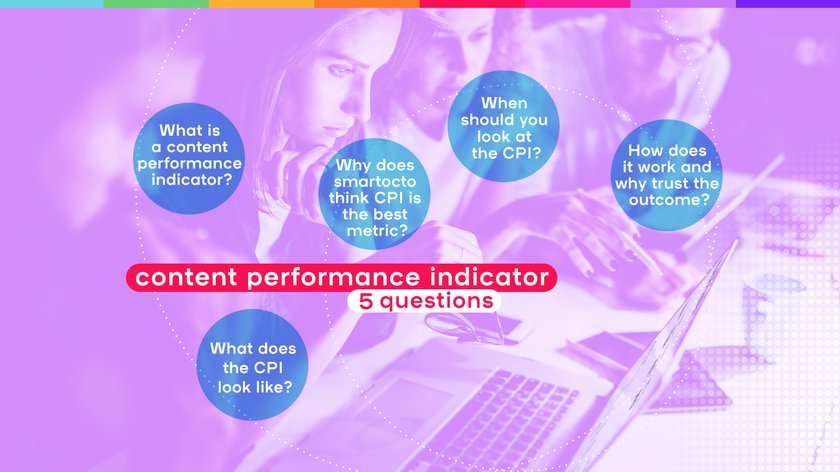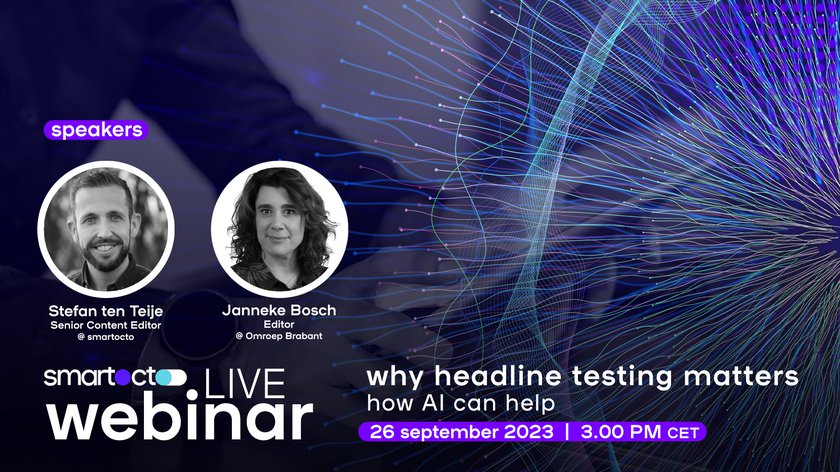Hi there,
At smartocto, we are constantly driven by your questions, and one query that keeps cropping up is about the impact of editorial actions. Take, for instance, the simple question: if I embed a video in an article, does it boost engagement?
This is a fantastic query at the intersection of data and journalism because it comes with actionable insights. Over the European summer months, we've been hard at work and have curated a series of articles that will provide answers to such questions: From Our Data.
One particularly intriguing question that we haven't added to this series is about the positive effects of A/B testing headlines. Curious about the findings? Well, we've just announced a free webinar where we'll spill the beans.
What makes this webinar exceptional is that, in recent months, we collaborated with a client to explore the use of ChatGPT in generating alternative headlines. Is AI a game-changer? The answer awaits you in this exclusive webinar, and you can secure your spot right now.
Adding videos to articles is not your silver bullet
The first blog from our 'From Our Data' series is already live. We've analysed over 4,000 articles across five smartocto clients, spanning a two-month period. The outcome is significant because, until a few years ago, the future of journalism seemed heavily invested in a 'pivot to video' strategy.
However, now we know that video isn't the silver bullet. This isn't to say that video is irrelevant in online journalism, but our conclusions point to some key insights:
- There's a minor difference in engagement scores between articles with videos and those without.
- This difference can be attributed partly to distribution strategies, such as push or no push.
- The type of video format used within articles matters; stories told primarily through video tend to garner significantly higher audience engagement.
Feel free to dive into the data and peruse the tips provided at the end of the blog. We invite you to draw your conclusions based on this case study.


